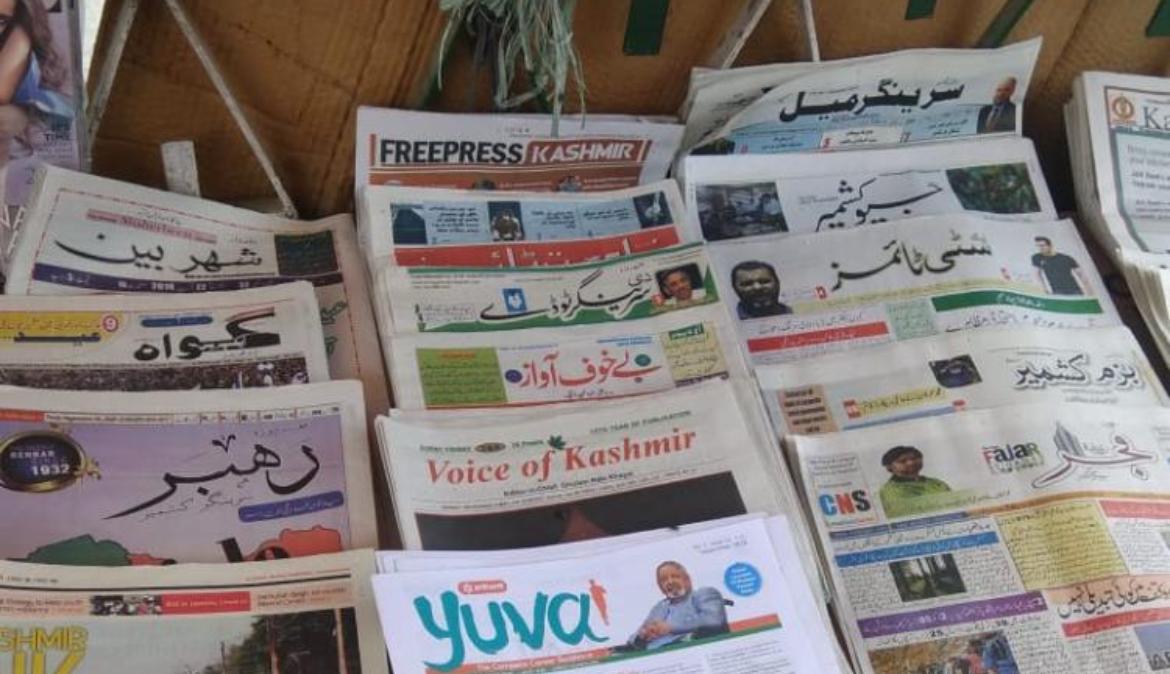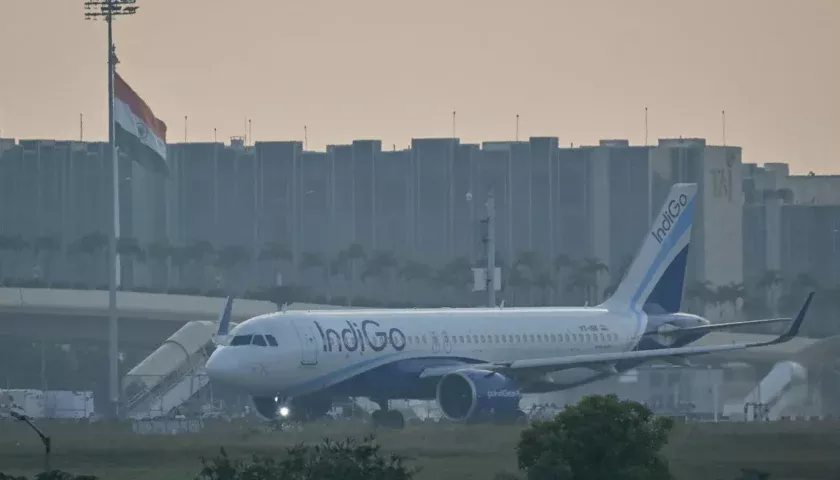When the Media Becomes the Message
By: Javid Amin | Srinagar | 06 Aug 2025
In the Union Territory of Jammu & Kashmir, where political narratives and public discourse are often tightly controlled, a recent Right to Information (RTI) revelation has sparked a fresh wave of controversy. Between April 2022 and October 2024, the J&K government spent an astounding ₹70 crore on print advertisements. Of this, a whopping 26% went to just five newspapers. The findings, brought to light by media watchdog Newslaundry, have ignited serious concerns around transparency, fairness, and press freedom in a region already under significant political scrutiny.
The Numbers: Who Got What?
According to data analyzed by Newslaundry, the top five beneficiary newspapers and their estimated advertisement earnings during the 30-month period are as follows:
| Newspaper | Estimated Ad Revenue |
|---|---|
| Rising Kashmir | ₹7.73 crore |
| Aftab Daily | ₹3.7 crore |
| Srinagar News | ₹2.5 crore |
| Kashmir Images | ₹2.26 crore |
| Kashmir Monitor | ₹2.1 crore |
While the government claims to have advertised in over 140 newspapers, these five alone bagged over one-fourth of the total budget.
Methodology: How the Numbers Were Derived
The RTI responses provided ad sizes in centimeters rather than monetary values. Analysts then used government-approved advertising rates (₹75-₹135 per cm, depending on placement and language) to estimate the total revenue each newspaper received. The methodology is standard and transparent, but the results point to a skewed pattern of distribution.
Unequal Distribution or Political Reward?
Critics argue that the distribution appears to reward newspapers that are more sympathetic to the government or avoid criticism. For example, Greater Kashmir—once one of the most widely circulated dailies in the region—reportedly saw a dramatic decline in ad revenue during this period. Similarly, Brighter Kashmir, known for its editorial independence, was also sidelined. This lends credence to the argument that ad revenue is being used as a “carrot-and-stick” tool to influence editorial lines.
Press Freedom Under Pressure
The allocation of government ads is a key source of revenue for many newspapers, especially in conflict zones like Jammu & Kashmir where private sector advertising is limited. When ad distribution becomes opaque or politically biased, it directly threatens editorial independence. Small and medium-sized newspapers that dare to question the official narrative often face an existential crisis.
Lack of Transparency
The J&K government’s Department of Information and Public Relations (DIPR) has not issued any clarification or policy document outlining the criteria for ad distribution. In the absence of a publicly accessible framework, suspicions of favoritism gain ground. Media analysts and civil society organizations have repeatedly called for a transparent, audited, and equitable system of advertisement allocation.
Legal and Ethical Dimensions
Public funds are meant to serve public interest. The preferential treatment of select media outlets not only undermines democratic values but may also violate constitutional provisions related to equality and freedom of expression. Legal experts suggest that arbitrary allocation of government ads could be challenged in court as a misuse of taxpayer money.
National vs. Regional Dynamics
While skewed ad allocation is not unique to J&K, the consequences are more pronounced here due to the fragile political environment. Nationally, several governments have faced criticism for using advertisements as tools of propaganda. In Jammu & Kashmir, this strategy carries the added burden of deepening the trust deficit between the state and its people.
The Way Forward: Recommendations
- Transparency in Ad Distribution: The DIPR should publish a quarterly report listing ad allocations, criteria used, and performance metrics.
- Independent Media Council: Establish an independent regulatory body to monitor government-media relations and ensure fairness.
- Support for Marginalized Media: Introduce schemes that support small and independent newspapers to prevent monopolization by a few outlets.
- Audit and Accountability: A third-party audit of all government ad spending should be conducted and made publicly accessible.
Bottom-Line: Beyond the Headlines
The revelations about J&K’s print advertisement spending are not just a media story; they are a mirror to the broader democratic challenges facing the region. In a place where public trust is already fragile, media must act as a pillar of accountability, not as an extension of state power. For that to happen, fairness, transparency, and a renewed commitment to press freedom must take center stage.
📰 Top Beneficiaries (Ranked by Estimated Ad Revenue)
| Rank | Newspaper | Estimated Ad Revenue (₹) |
|---|---|---|
| 1 | Rising Kashmir | 7.73 crore |
| 2 | Aftab Daily | 3.7 crore |
| 3 | Srinagar News | 2.5 crore |
| 4 | Kashmir Images | 2.26 crore |
| 5 | Kashmir Monitor | 2.1 crore |
| 6 | Greater Kashmir | ~1.8 crore (declined) |
| 7 | Brighter Kashmir | ~1.5 crore (declined) |
| 8 | Tameel Irshad | ~1.2 crore |
| 9 | Daily Uqab | ~1 crore |
| 10 | State Times | ~90 lakh |
| 11 | Early Times | ~85 lakh |
| 12 | Excelsior | ~80 lakh |
| 13 | Daily Taskeen | ~75 lakh |
| 14 | Daily Roshni | ~70 lakh |
| 15 | Daily Shafaqat | ~65 lakh |
| … | … | … |
| 140 | Various small dailies | <10 lakh each |
Note: The exact figures for many smaller publications are approximations based on ad size and rate calculations. The full RTI dataset includes ad dimensions and frequency, which were used to estimate revenue.




